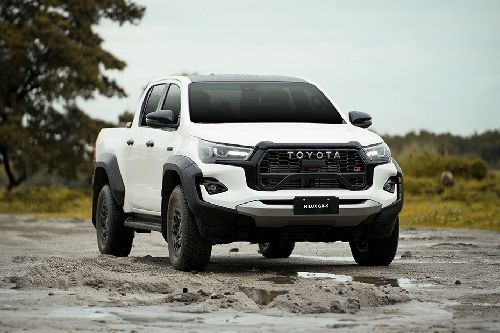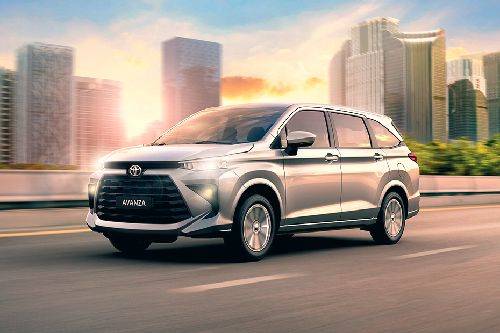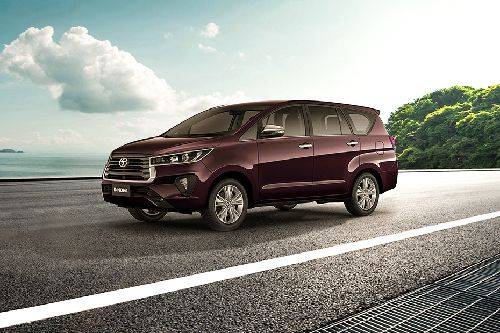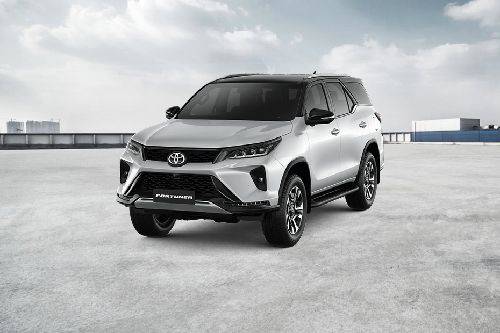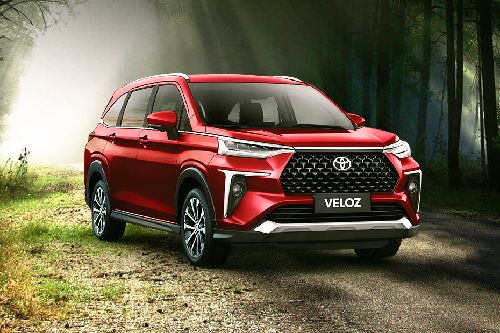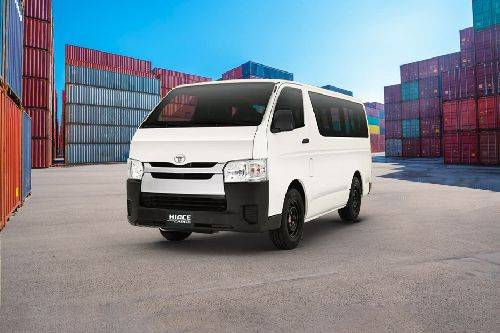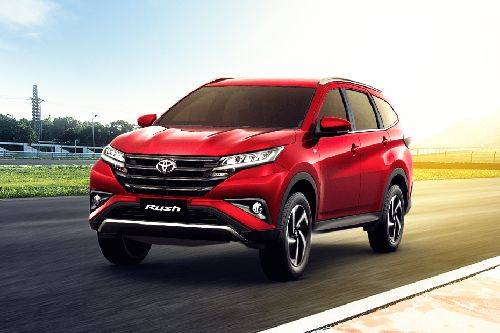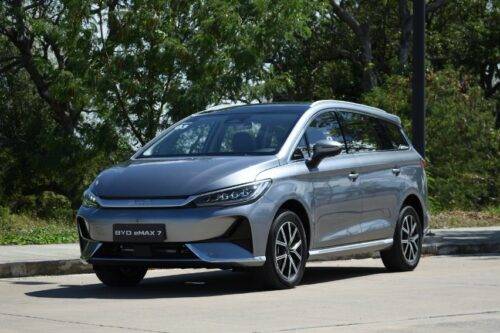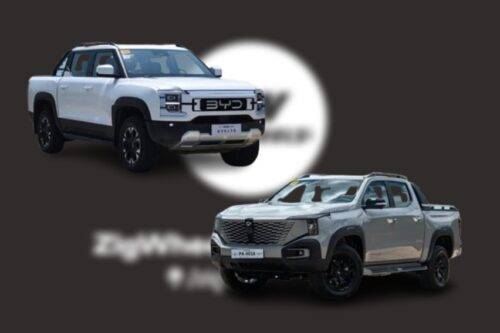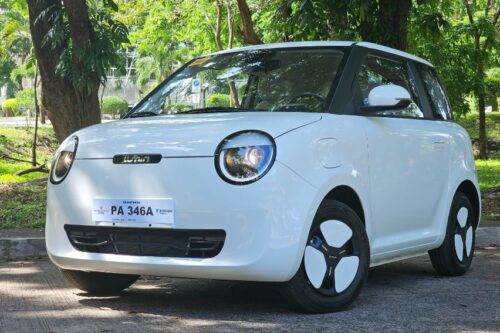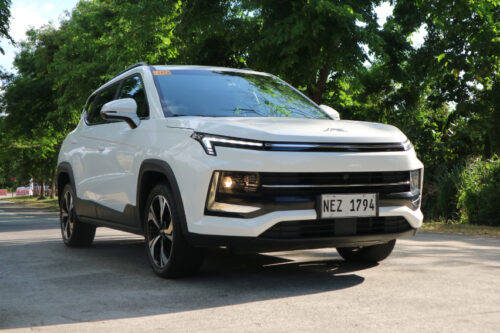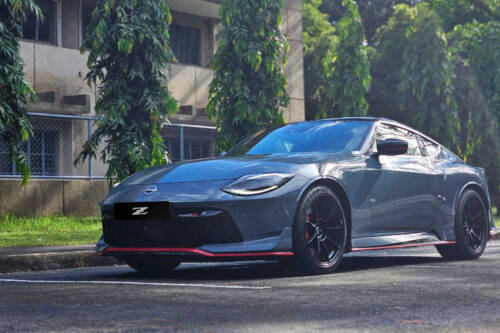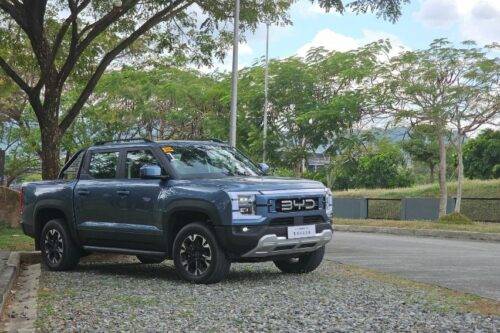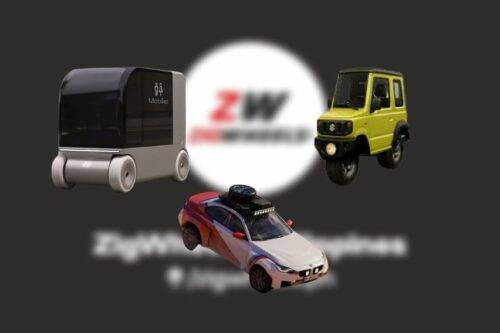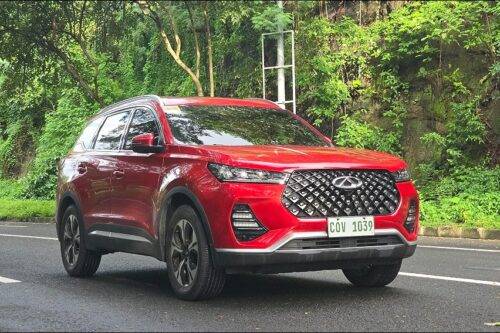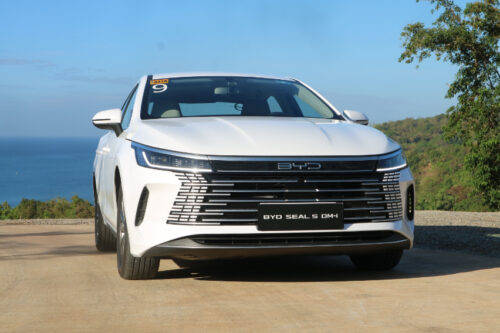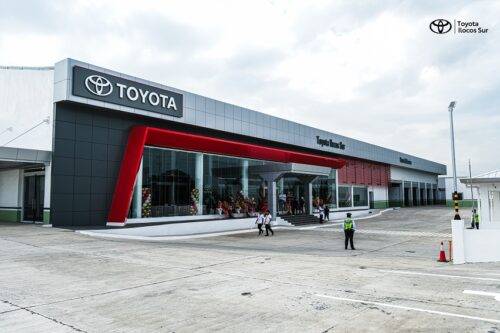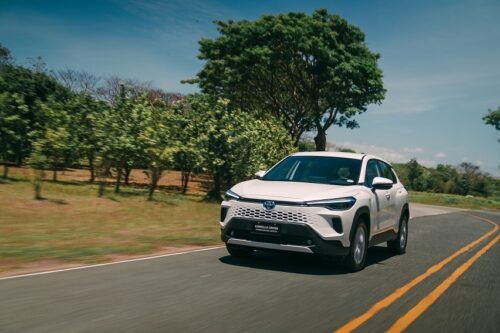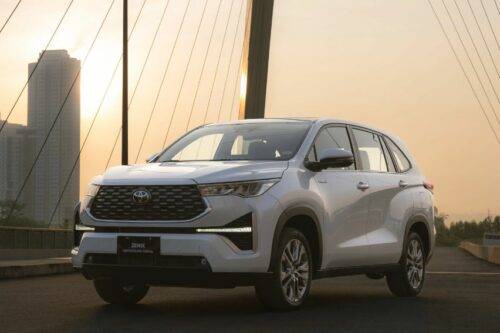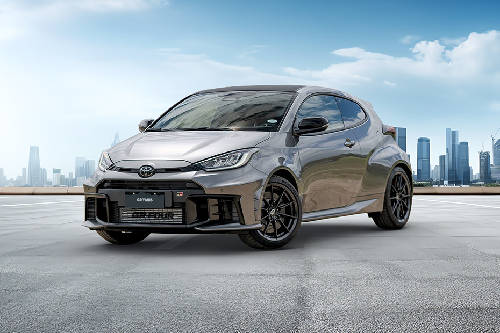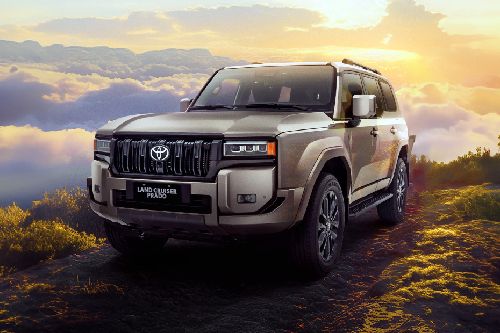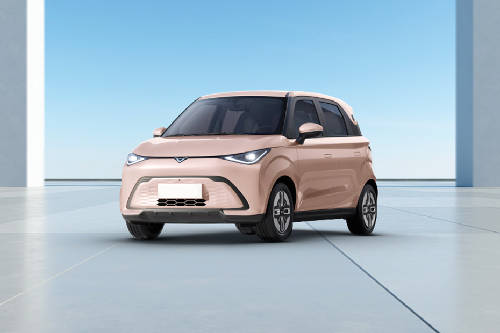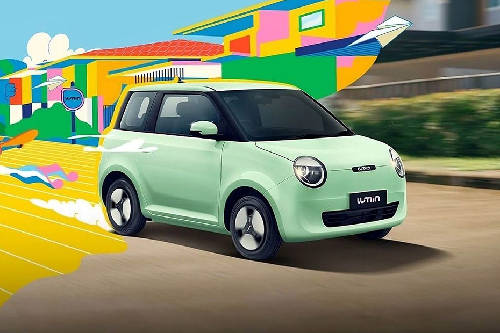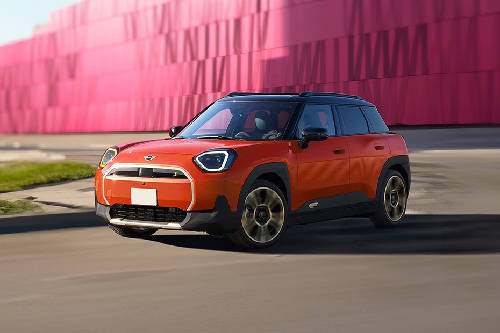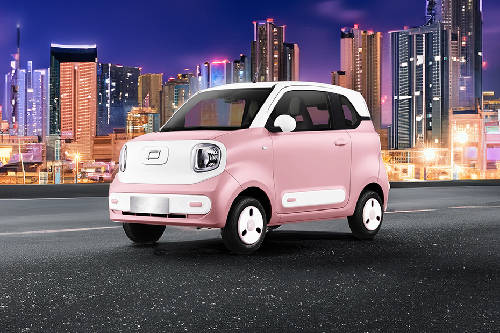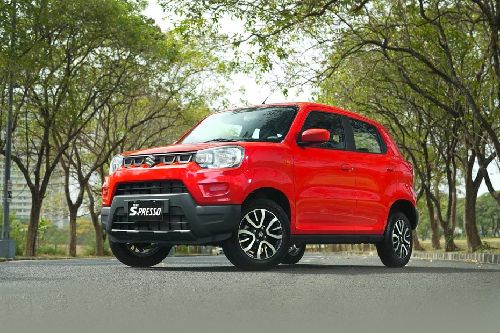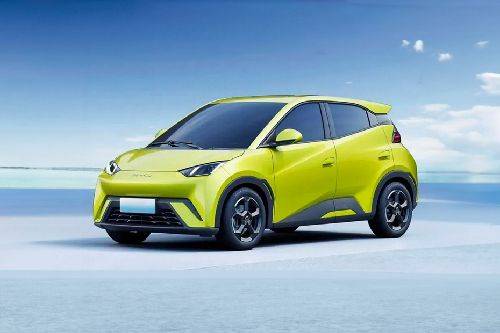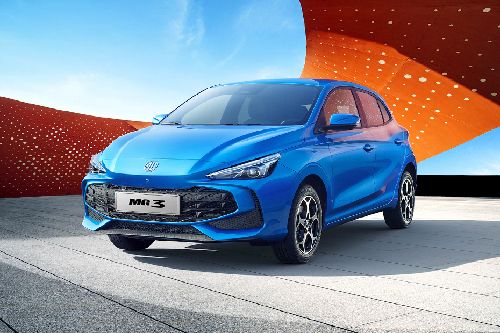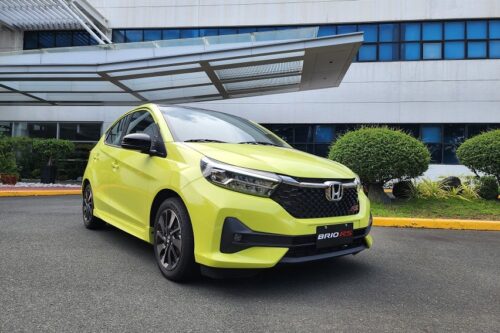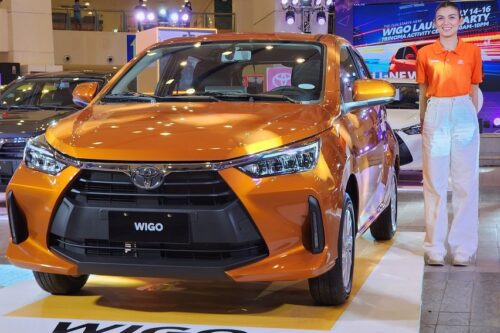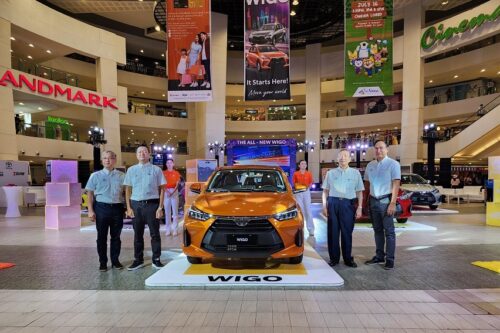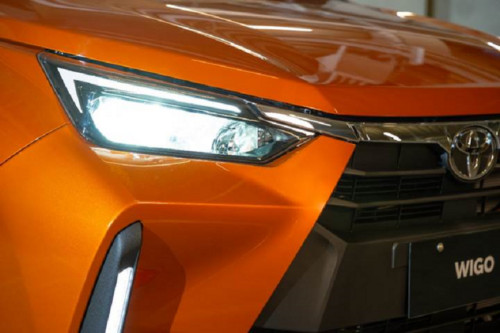Toyota Wigo vs Honda Brio
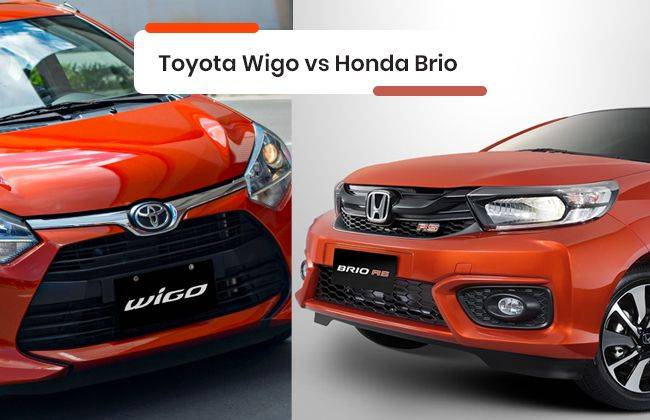
Toyota Wigo is one of the most dynamic-looking and affordable hatchbacks available in the country today. It would be a great option for youngsters, however, not everyone is into all that funkiness. There are a lot of people who would like to have a sporty-looking car without compromising on its maturity. This is where the new 2019 Honda Brio comes into the picture. The new Brio has been completely revised to suit the new taste of the Filipinos. So, how does it fare against the more affordable Wigo? Let us find out.
Exterior
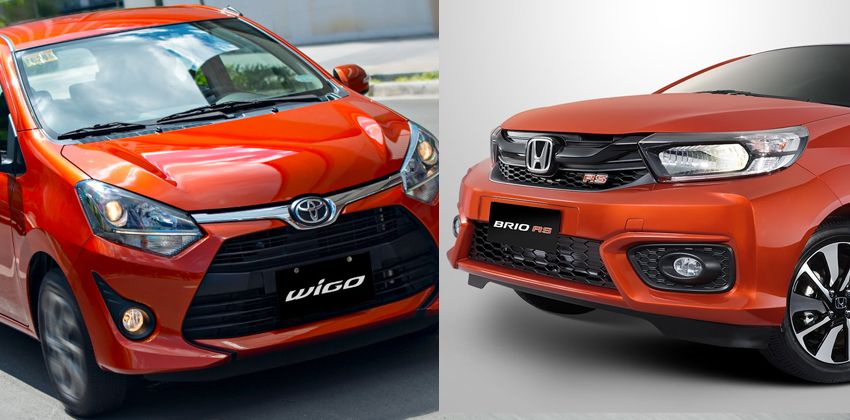
As we mentioned, Toyota Wigo would be a great option if you are looking to buy a sporty or rather funky-looking hatchback with an affordable price tag. It features nicely designed projector headlamps that look quite modern and impart a bit of youthfulness to the car. Then there is the large blacked-out grille which looks fantastic especially when the Wigo is in its Orange Metallic colour. We also like the way Toyota has designed the fog lamp housings. The side of the Wigo doesn’t show off anything except the sharp-looking alloy wheels. Moving to the rear end, things appear to be even sportier here. There is a roof-mounted spoiler, two-piece combination taillights, and a bumper that looks quite unique on a car of this segment.

The new Honda Brio is clearly an improvement over the previous model. Gone are the cute and bubbly aesthetics, the Brio is now much more grown up and mature. Honda has completely revamped the looks of this car. At the front, it gets larger halogen headlamps and Honda’s signature thick chrome grille. Also, the bumper looks quite sporty. While the new Brio definitely looks much better than it used to, we can’t ignore the fact that its face is similar to that of some other Honda cars like the BR-V and Mobilio. Anyway, moving on, the side profile of the Brio is handled by the gorgeous alloy wheels whereas the rear end is taken care of by a roof-mounted spoiler and a pair of decently sized taillights.
Interior
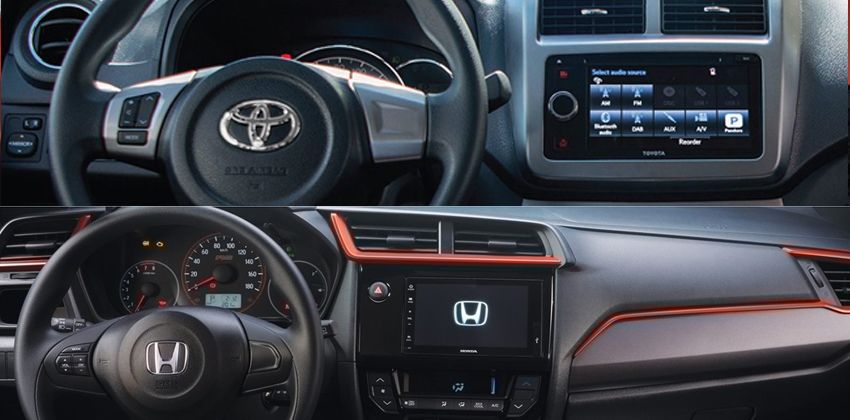
The interior on the Toyota Wigo gets pretty basic features like a manual AC, urethane steering wheel with mounted audio controls, Navi-ready display audio with AM/FM/CD/MP3/USB/AUX support, conventional instrument cluster, various storage spaces, power windows, etc. Toyota has used quite a lot of plastic here so don’t expect a luxury-rich experience. However, one thing about the Wigo that would surprise you is its cabin space. Ever after having such compact dimensions, Toyota has managed to provide a spacious cabin.
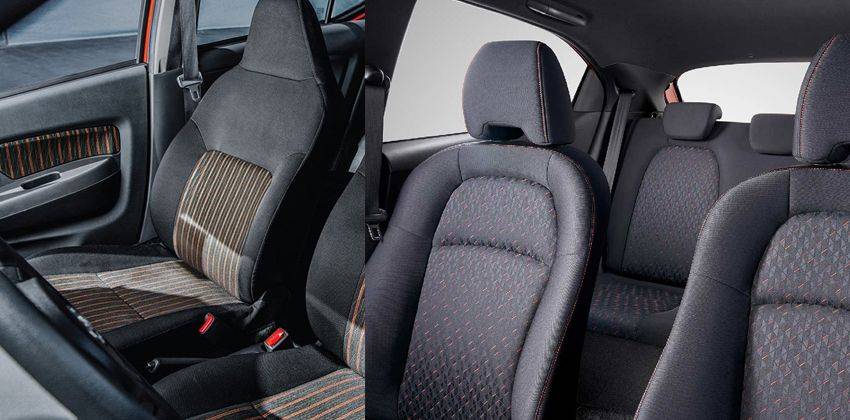
On the other hand, the 2019 Brio has got a much better interior. The quality of materials used feels better, the seats are comfortable and supportive, and the all-black theme looks sporty. Honda has even removed the round elements from the previous model and replaced them with sharp and mature pieces. There is a large seven-inch touch screen infotainment system that comes with Bluetooth and USB connectivity. Since the new Brio is slightly bigger than the outgoing model, it features more cabin space than before.
Powertrain
Powering the Toyota Wigo is a 1.0-litre three-cylinder VVT-i engine that has been tuned to churn out 66 hp of maximum power at 6,000 rpm and 89 Nm of peak torque at 4,400 rpm. It is available in both 4-speed automatic and 5-speed manual transmission options. The engine and transmission are tuned to provide a blend of performance and fuel efficiency. All the three variants of the Wigo are powered by this engine only.

Unlike the Wigo, the Honda Brio is a bit more powerful thanks to its new engine. The Honda Brio specs show that the automaker has replaced the old 1.3-litre mill with a new 1.2-litre motor that produces 90 PS of maximum power at 6,000 rpm and 110 Nm of peak torque at 4,800 rpm. It is also available in a manual gearbox but for that, you need to buy the base model. The other two variants come equipped with Honda’s Earth Dreams technology CVT unit.
Safety equipment
Just like most of the other features, the safety features, too, listed on the Toyota Wigo specs sheet are quite basic. Dual front SRS airbags, ABS, and child lock protection along with an anti-theft system and wireless door lock make up the safety equipment. We understand Toyota must have done this to keep the cost in check but it would have been better if they could have found another way for that.

In terms of safety features on board, the Honda Brio isn’t great either. Honda did design a G-CON (G-Force Control) body but that alone isn’t sufficient. Other than that, the only other mentionable safety features are ABS and dual SRS airbags. Honda could have done a lot better than this, right?
Clearly, the Honda Brio is a much better option here provided you’re ready to pay the asking price. Talking about price, the Honda Brio price starts at Php 585,000 and reaches Php 727,000 for the RS CVT model, which we suggest if you would like to have a sportier car. On the other hand, the Toyota Wigo price starts at 547,000 and goes up to Php 621,000.
Sell your car at the best price
 Verified and genuine buyers
Verified and genuine buyers
Toyota Wigo vs Honda Brio Comparison
Toyota Car Models
Don't Miss
Toyota Wigo Promos, DP & Monthly Installment
Trending & Fresh Updates
- Latest
- Popular
You might also be interested in
- News
- Featured Stories
Toyota Featured Cars
- Latest
- Upcoming
- Popular
Compare & Recommended
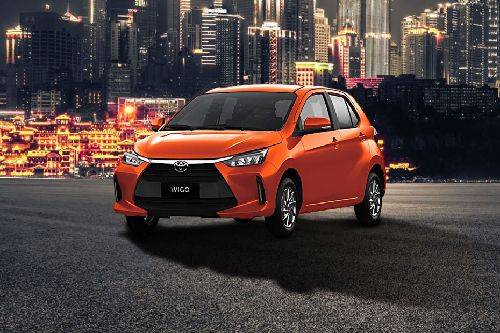
|
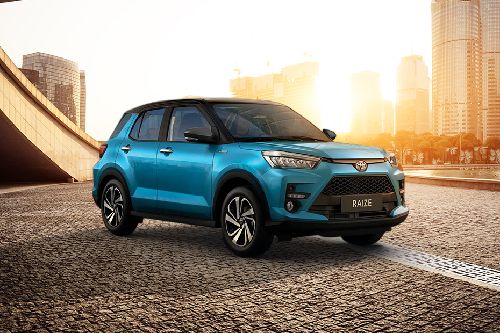
|
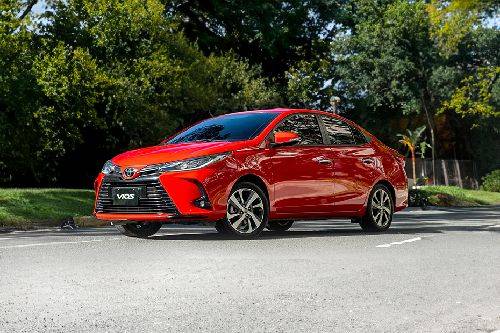
|
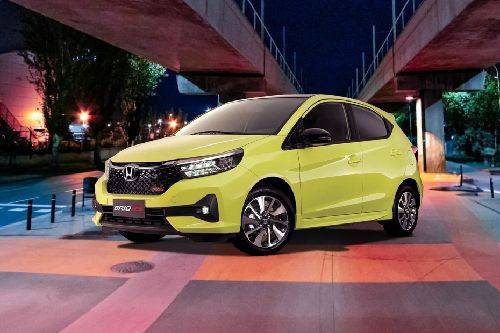
|
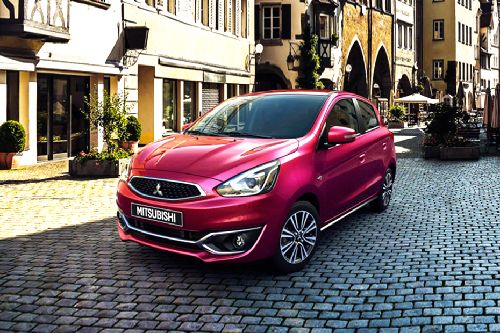
|
|
Ground Clearance
160 mm
|
200 mm
|
133 mm
|
137 mm
|
160 mm
|
|
Fuel Type
Gasoline
|
Gasoline
|
Gasoline
|
Gasoline
|
Gasoline
|
|
Engine
998
|
1198
|
1329
|
1199
|
1193
|
|
Power
65
|
87
|
98
|
89
|
76
|
|
Torque
89 Nm
|
113 Nm
|
123 Nm
|
110 Nm
|
100 Nm
|
|
Transmission Type
Manual
|
Manual
|
Manual
|
Manual
|
Manual
|
|
Wheel Size
R14
|
R16
|
R14
|
R14
|
R15
|
|
|
Trending Hatchback
- Latest
- Popular
Toyota Wigo Car Articles From Carmudi
- journal

